Mont des Quatre Faux Project Cancellation – Insights on Visual Challenges Facing EDF Renewables and Renner
In a recent twist within the renewable energy landscape, the ambitious wind power project Mont des Quatre Faux in northeastern France has been abruptly cancelled. Judicial documents published on Friday revealed that the venture was halted due to concerns over “visual overload.” Originally designed to be one of the country’s largest onshore wind farms, with a planned capacity of 226 megawatts, the project was a joint effort by French energy leader EDF Renewables and Belgian renewable energy specialist Renner. With an investment of over 250 million euros (approximately 276 million US dollars), the project promised to significantly bolster clean energy production in the region.
Project Overview and Context
EDF Renewables aimed to demonstrate its commitment to sustainable energy evolution through this large-scale project. In collaboration with Renner, the plan was not only to contribute to reducing carbon emissions but also to showcase modern approaches in integrating renewable technologies with the local landscape. However, despite its promising technical and financial prospects, the project encountered substantial aesthetic and regulatory obstacles. Authorities and local stakeholders expressed serious reservations over the visual impact of such a large installation, ultimately tipping the scales against its approval.
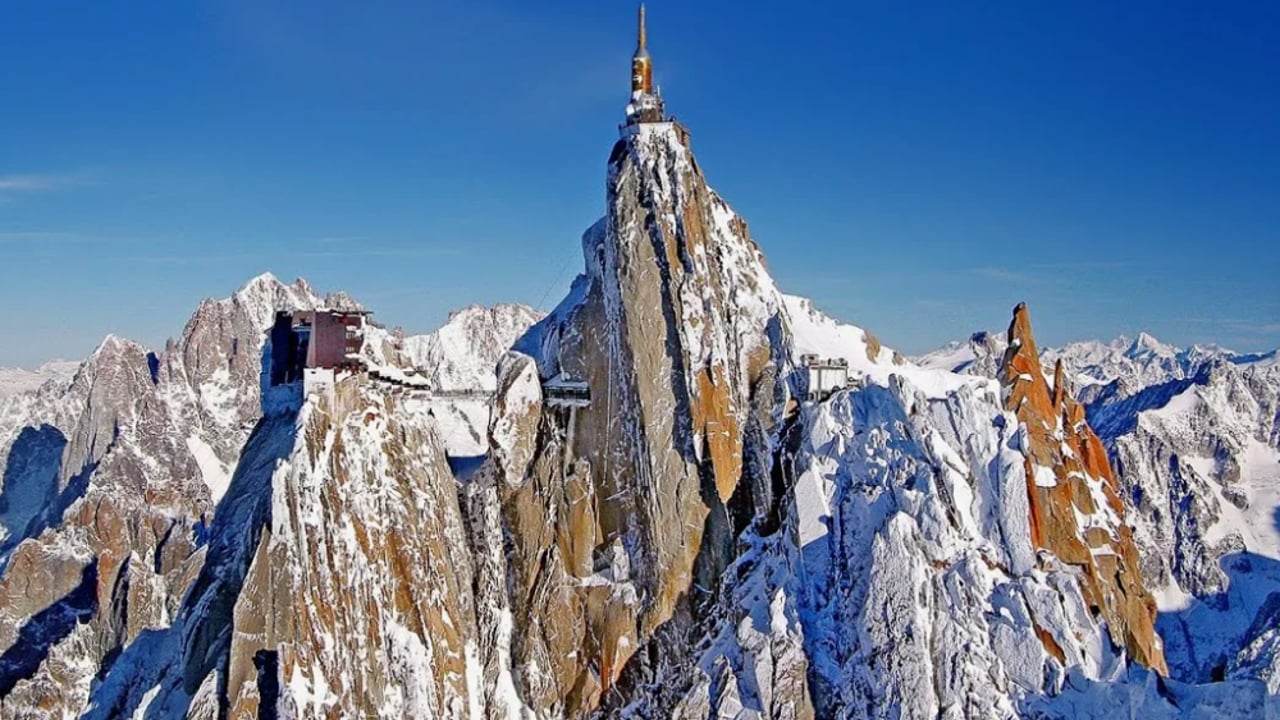
Exploring the Key Challenges
A comprehensive review of the project reveals several core issues that led to its termination. The following numbered points summarize the most critical challenges:
1. Assessment of the natural landscape’s visual integrity
2. Compliance with regional architectural and planning standards
3. Striking a balance between technological progress and environmental aesthetics
4. Addressing resistance from local communities and environmental groups
These factors reveal that the project’s downfall was not due to technical inadequacies but rather to an inability to reconcile modern energy needs with the preservation of the local visual and cultural context.
Critical Factors Shaping Future Renewable Projects
With increasing emphasis on visual and environmental impacts, future renewable energy proposals must address several fundamental issues:
- Preserving regional cultural heritage and natural scenery
- Balancing economic growth with stringent environmental standards
- Considering the social dimensions and local sensitivities regarding landscape transformation
- Enhancing regulatory frameworks to include aesthetic evaluations alongside technical reviews
Adapting to these factors is essential, and projects moving forward will need to incorporate multidisciplinary approaches that address both engineering and environmental aesthetics. The Mont des Quatre Faux case serves as an instructive example, urging industry stakeholders to rethink planning methodologies to ensure that renewable energy installations can coexist harmoniously with their surroundings.

Lessons Learned and Future Outlook
The cancellation of the Mont des Quatre Faux project offers valuable insights into the evolving challenges in the renewable energy sector. It emphasizes that the development of clean energy is not solely a technical or financial endeavor—it also requires a deep understanding of local community values and environmental aesthetics. In light of this, industry leaders must consider the following steps:
1. Conduct rigorous assessments of the visual and environmental impacts during the project design phase.
2. Develop innovative solutions that minimize aesthetic disruptions.
3. Engage with environmental experts, architects, and local authorities throughout the project lifecycle.
4. Cultivate transparent and ongoing dialogue with the community to integrate feedback and foster cooperation.
While the complexities of integrating energy infrastructure into sensitive landscapes can pose significant hurdles, the pursuit of renewable energy remains crucial in the global fight against climate change. The experience with Mont des Quatre Faux reinforces that successful projects must account for a spectrum of factors—technical, economic, social, and aesthetic—to truly meet modern energy demands while preserving the beauty and heritage of our regions.
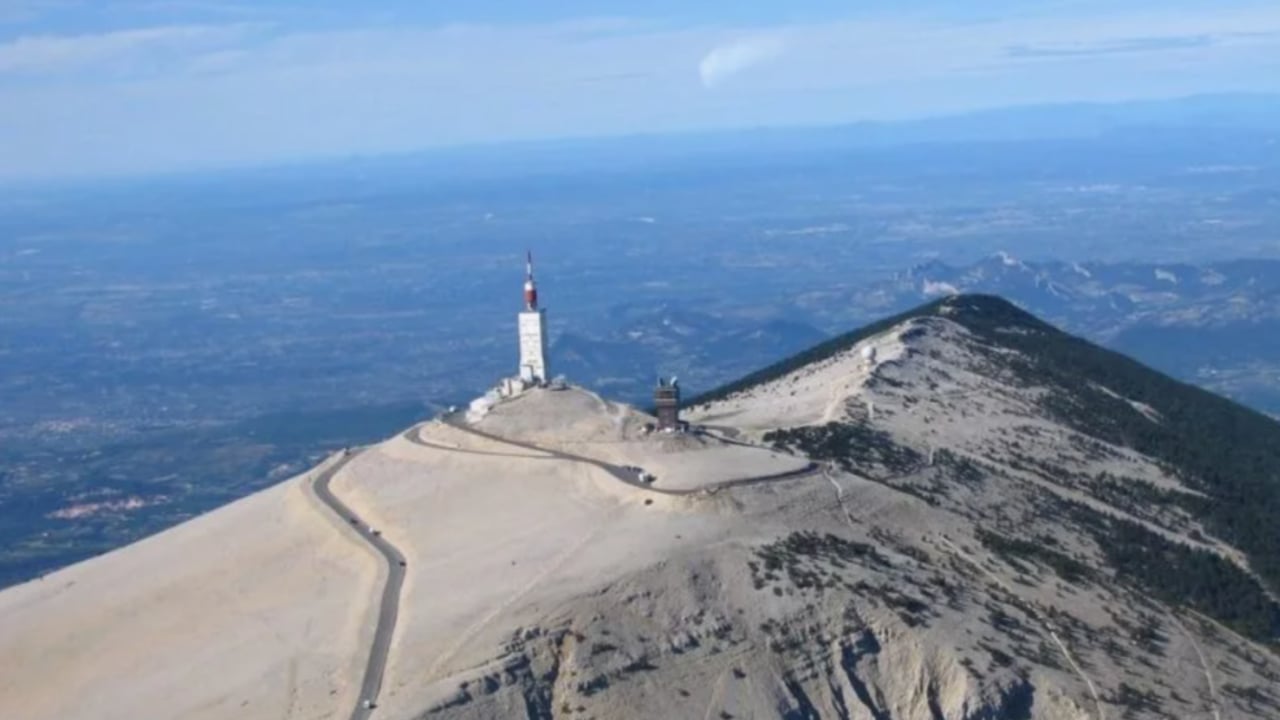
Envisioning a Harmonious Future for Renewable Energy
- Emphasizing comprehensive visual impact studies
- Facilitating dialogues between developers and local communities
- Incorporating advanced design techniques to blend infrastructure with nature
- Adapting regulatory frameworks that balance innovation and preservation
- Investing in technology that minimizes environmental and aesthetic intrusions
As the industry evolves, renewable energy projects will increasingly need to navigate the delicate balance between innovation and local identity. The Mont des Quatre Faux case illustrates that cultural and visual considerations can be as decisive as economic or technical factors in the pursuit of sustainable energy solutions. Moving forward, integrating these lessons into planning and development practices will be key to achieving a harmonious coexistence between modern infrastructure and natural beauty.







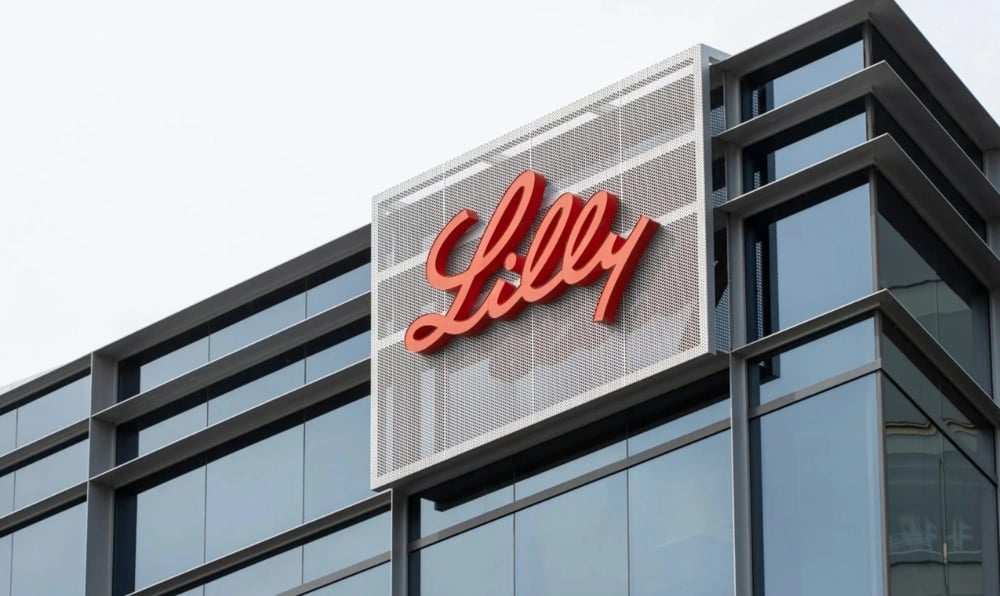


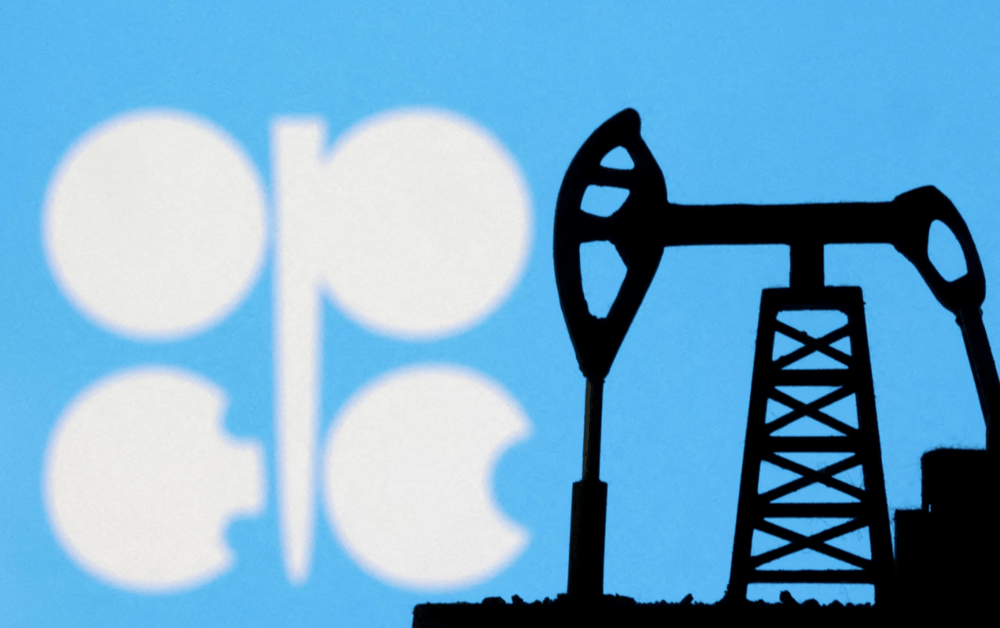
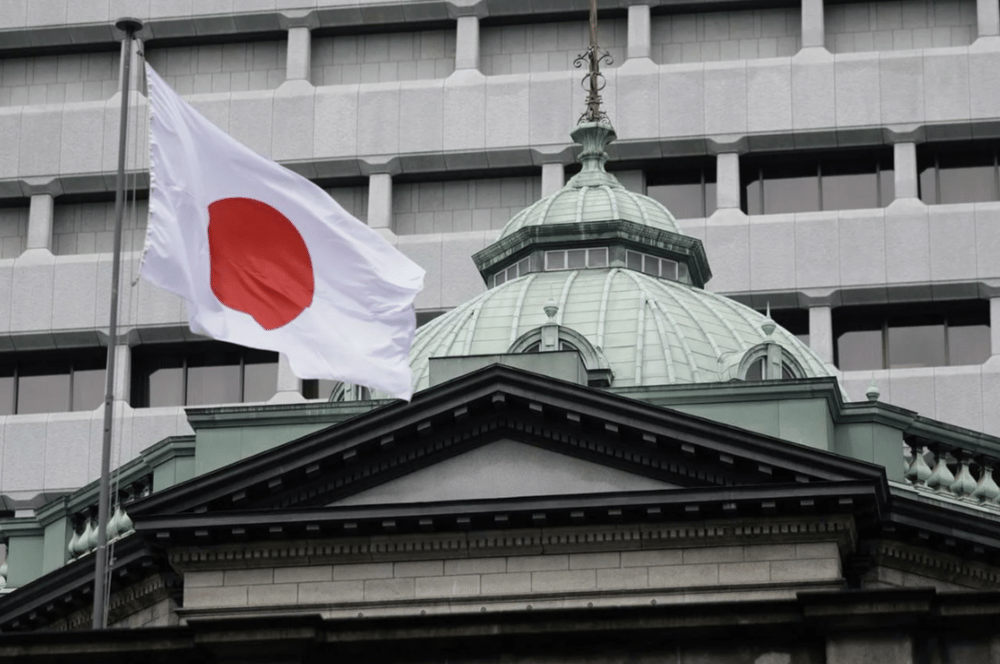

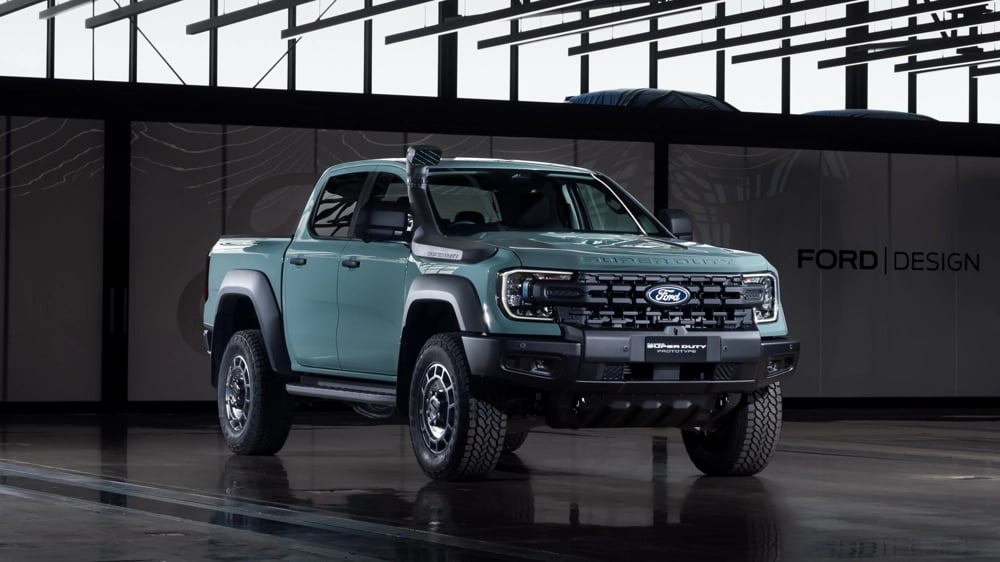




Comments